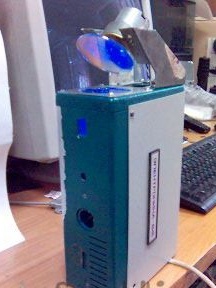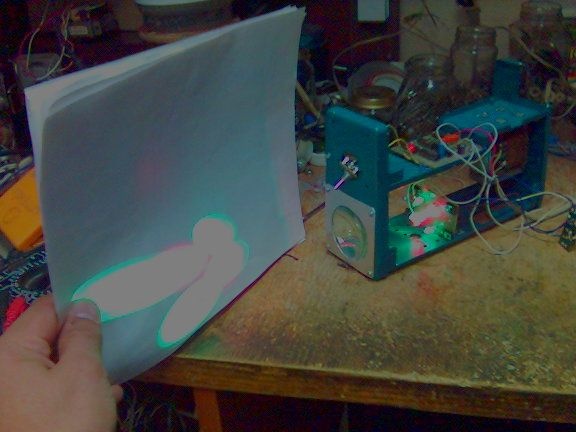
In the hole for the lens, I installed the currently available lens, fitting the diameter of the hole under it and fixing it in a tricky way. Electronic LED matrix filling - the automatic effects switch (can be of any design) applied a four-channel with adjustable frequency switching effect. He through transistor switches controls LEDs of different colors and the brightest that were on sale, soldered on a matrix board. The board is attached to the case with a bracket, with which you can adjust the focal length for a clearer projection of LEDs on the surfaces of the room.
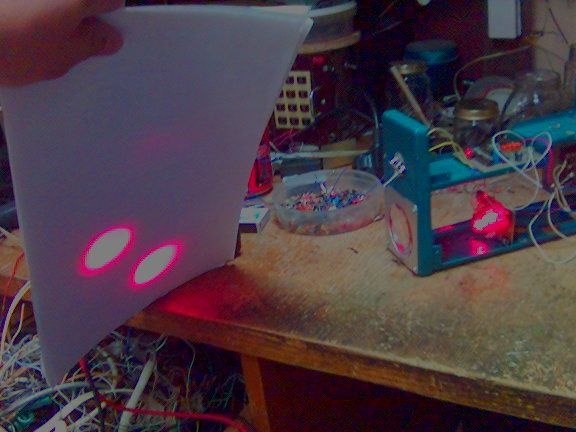
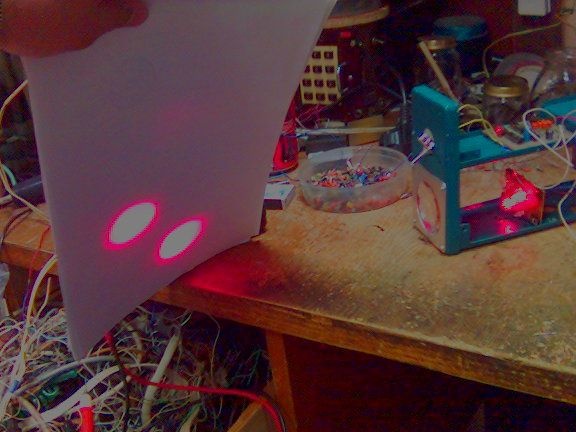
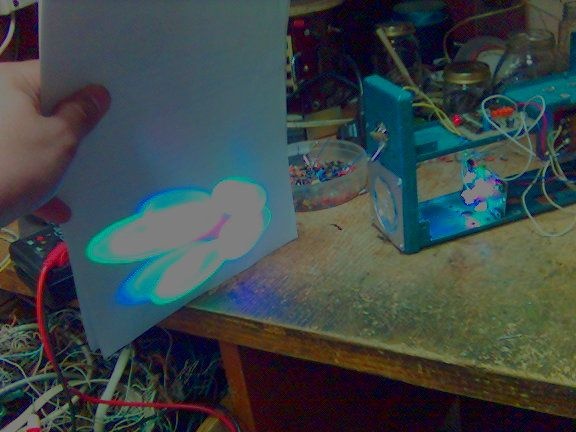
The micromotor from the cassette recorder through the gearbox rotates a round mirror from the powder box, mounted on the pulley of the output axis of the gearbox at a certain angle. In this case, the gearbox with the motor is mounted on the bracket at an angle of 45 degrees relative to the optical axis of the device. This allows you to get the same effect of the "scanning beam". Subsequently, the mechanics were modified by an electronic acoustic relay, which began to control the engine. Now the mirror rotates only in the presence of noise or musical accompaniment. In pauses after 2-3 seconds, a stop occurs.
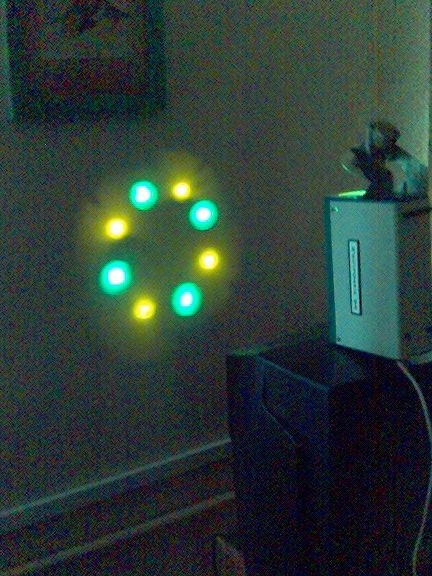
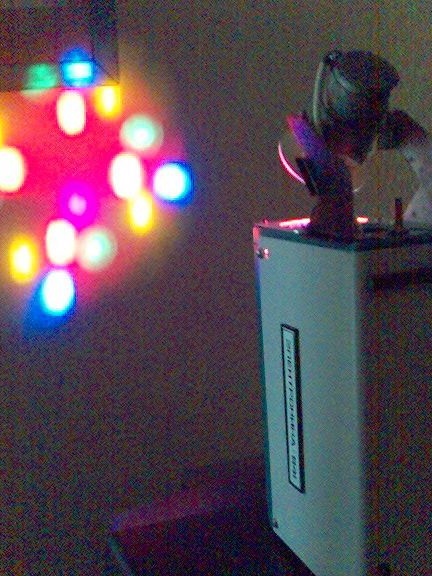
The whole circuit is powered by a 5-volt power supply, a home-made ... but transformer, similar in power and size to an existing housing. Although, now there are many new solutions for pulse circuits. This would significantly lighten the weight of the device, which still works from a 220-volt household network.
